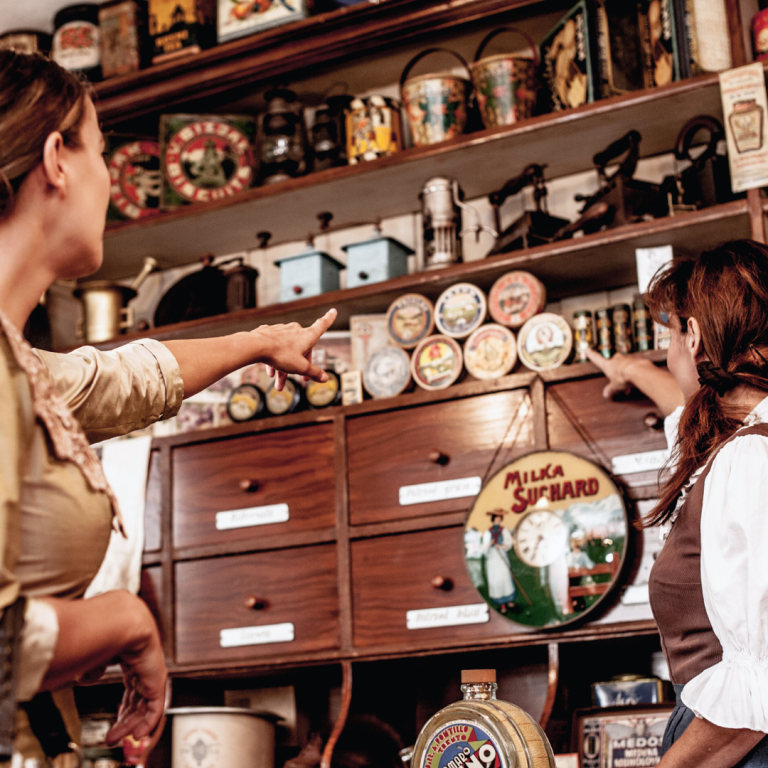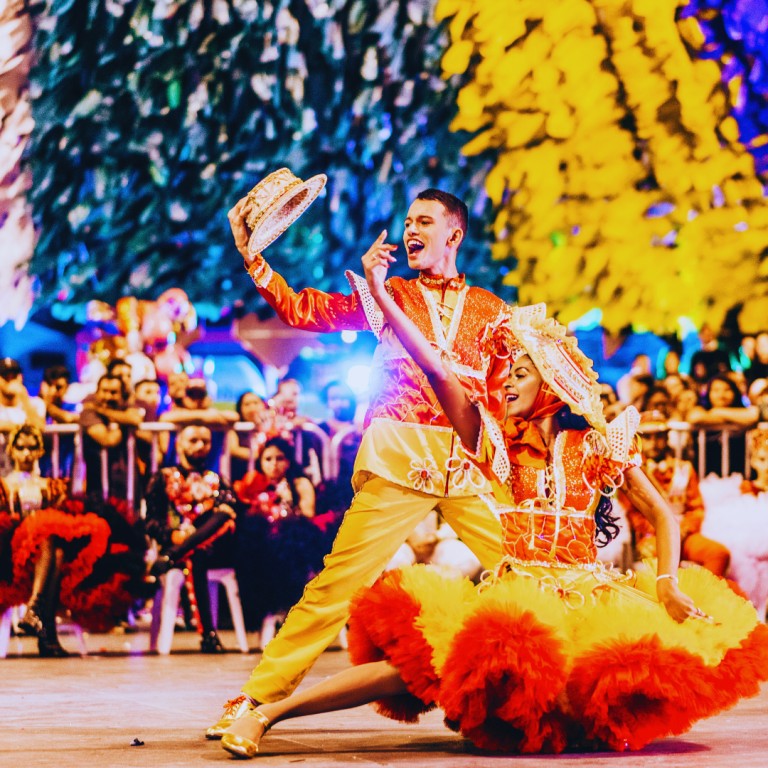Underground art galleries represent a vibrant and unconventional facet of the art world, where creativity thrives outside traditional settings. These spaces often showcase street art, graffiti, and experimental performances, providing artists with a platform to express their views and challenge societal norms. In contrast to mainstream galleries, underground venues invite audiences to engage with art in a raw, intimate environment, fostering a deep connection between the artist and the viewer.
Many underground galleries adopt unique locations, such as abandoned warehouses or hidden basements, which enhance their allure and intrigue. They often feature works that push boundaries, highlighting emerging talent and alternative perspectives that might be overlooked in more conventional spaces. This dynamic atmosphere is attractive to those who seek to experience art that reflects the pulse of contemporary culture.
Attending underground art exhibitions or performances offers a chance to witness captivating creativity in its most authentic form. Visitors can immerse themselves in a variety of artistic expressions, from striking murals to thought-provoking installations that capture the spirit of urban life. The accessibility and diversity of these galleries make them essential to the modern art scene, appealing to anyone interested in discovering the avant-garde.
The Rise of Underground Art in Urban Landscapes
Underground art has gained significant traction in urban settings, showcasing creativity often overlooked by mainstream art institutions. This movement encompasses various forms, from street art to guerrilla performances, each contributing to a vibrant dialogue within cities.
Evolution of Street Art and Graffiti
Street art and graffiti have roots in urban culture, evolving from simple tags to complex artworks. Initially viewed as vandalism, these expressions have gained appreciation for their cultural commentary and aesthetic value. Artists use spray paint, stencils, and posters to transform public spaces.
Notable styles include wheat pasting, which allows for the rapid installation of intricate designs, and muralism, where large-scale works engage the community. Street art’s rise parallels growing acceptance in galleries, pushing boundaries between conventional art forms and public expression.
Influence of Notable Artists
Prominent artists like Banksy have elevated underground art, shifting perceptions worldwide. His satirical and thought-provoking pieces challenge socio-political norms, creating a sense of urgency in public discourse. Banksy’s anonymity adds to his appeal, allowing for a focus on content rather than the artist.
Emerging talents also contribute to this landscape, bringing fresh perspectives and styles. These artists often collaborate, pushing the envelope of creativity and expanding the definition of urban art. Their works reflect social issues, identity, and community narratives, enriching local cultures.
Performances as a Form of Underground Expression
Performances serve as an engaging form of underground art, blurring the lines between art and activism. These events often occur in public spaces, inviting spontaneous interaction from audiences. They include acts such as flash mobs, spoken word, and site-specific installations.
These performances can draw attention to critical social issues, providing a platform for dialogue and reflection. Similar to visual art, they challenge conventions and invite participation. The melding of various artistic forms reinforces the urgency of the underground art movement in urban environments.
Exploring Underground Art Spaces
Underground art spaces often serve as hidden sanctuaries for creative expression, showcasing works that challenge mainstream narratives. These venues provide artists with unique platforms to experiment and engage with their audience in intimate settings.
The Crypt Gallery: A Subterranean Venue
The Crypt Gallery, located beneath St Pancras Church in London, offers a distinctive setting for contemporary art. This subterranean space features stone arches and atmospheric lighting, enhancing the experience of viewing various installations.
Regular exhibitions highlight emerging artists, offering them a platform to display their work free from commercial pressures. The gallery encourages experimental practices, and many installations incorporate multimedia elements, such as AR, inviting audience interaction. Events often blur the lines between art and community, making it an integral part of the local cultural landscape.
Paris’s Hidden Artistic Gems
Paris harbours numerous underground art venues that celebrate avant-garde art and emerging talent. Locations such as Le 59 Rivoli act as artist collectives, providing workspaces and exhibition areas for local creators.
Events often feature diverse mediums, from visual arts to performance, creating a dynamic atmosphere. Another notable venue is La Générale, which combines art, performances, and workshops, fostering collaboration among artists. These spaces are not only places for exhibiting art but also community hubs that engage with social issues, contributing to Paris’s rich cultural fabric.
South London’s Bermondsey Art Scene
Bermondsey’s art scene is characterised by a plethora of underground galleries, including Banner Repeater and Hannah Barry Gallery. These venues focus on showcasing innovative contemporary work that reflects the vibrancy of South London.
Banner Repeater, located in a former public library, often hosts exhibitions that explore the intersection of art and publishing. Hannah Barry Gallery, known for its commitment to nurturing emerging talent, features a rotating roster of exhibitions that attract art enthusiasts.
This area has become a nexus for creative gatherings, often encouraging discourse on critical themes through workshops, talks, and immersive installations. The underground art spaces in Bermondsey play a vital role in shaping contemporary art dialogues in London.
The Role of Curators and Galleries in Promoting Underground Artists
Curators and galleries play a vital part in elevating underground artists, providing them with platforms to showcase their work. They navigate the unique challenges of promoting emerging talent while fostering diverse and unconventional spaces for exhibitions.
Curating the Underground: Challenges and Rewards
Curating underground art presents distinct challenges. Curators must identify emerging talent that resonates with contemporary artistic trends. They often work with limited resources and funding, requiring innovative display techniques to attract audiences.
The rewards include discovering artists who may redefine existing art narratives. Curators contribute to shaping cultural discourse while gaining recognition for their role in promoting overlooked creatives. Successful exhibitions can lead to collaborations, grants, and opportunities for underground artists to transition into more prominent art circles.
Galleries vs Unconventional Spaces
Traditional galleries, like the Tate Modern, are known for their established reputation and access to affluent collectors. They provide credibility to artists but may limit the type of art displayed.
Conversely, unconventional spaces such as pop-up galleries and community centres foster experimentation. These venues often remain flexible in their programming, allowing for diverse artistic expressions. They attract a different audience, fostering community engagement and collaboration, crucial for underground artists to gain visibility.
Exhibitions Showcasing Emerging Artists
Exhibitions aimed at emerging artists allow curators to spotlight innovative work. They create a vibrant environment where contemporary themes can be explored and discussed.
Curators often collaborate with local artists to establish thematic exhibitions. This approach not only showcases talent but also involves the community in the art-making process. By integrating the perspectives of underground artists, exhibitions can challenge perceptions and inspire dialogue among viewers.
Impact and Challenges Facing the Underground Art Scene
The underground art scene faces numerous challenges that impact its sustainability and growth. Key factors include the effects of Brexit, economic struggles, and ongoing legal battles relating to unsanctioned artwork. These elements shape the landscape for artists and galleries operating outside conventional frameworks.
Brexit’s Effect on the Art Community
Brexit has introduced a layer of uncertainty for artists and galleries within the UK. The movement of art and artists across borders has become more complex due to new customs regulations and import/export tariffs. This affects not only the logistics of displaying artwork but also the financial viability of cross-border collaborations.
Artists often rely on international exhibitions to gain visibility. The increase in costs and red tape limits opportunities for participation in such events. Furthermore, the weakening of funding channels that were previously accessible to UK artists has intensified competition for resources.
Economic Struggles and Support Systems
Many underground galleries operate on limited budgets, relying heavily on community support and fundraising efforts. Economic fluctuations can severely affect their sustainability and the viability of showcasing diverse talents. Artists face difficulties in selling their work, which is sometimes undervalued, leading to reduced income.
The lack of institutional support exacerbates these challenges. While some innovative models have emerged, including crowdfunding and cooperative spaces, these initiatives require significant effort and commitment. Many artists and galleries struggle to establish reliable support networks in an increasingly competitive landscape.
Legal Battles Over Unsanctioned Artwork
Unsanctioned artwork often finds itself at the centre of legal disputes. Many artists face threats of eviction or fines as local authorities crack down on graffiti and street art. These legal issues hinder artistic expression, making artists hesitant to explore public spaces that could lead to conflict.
Additionally, there is a lack of clarity surrounding copyright and intellectual property rights in underground art. Artists may fear reprisals for displaying or distributing their work without explicit permission. This climate of uncertainty stifles creativity and poses significant hurdles for those in the underground scene.




